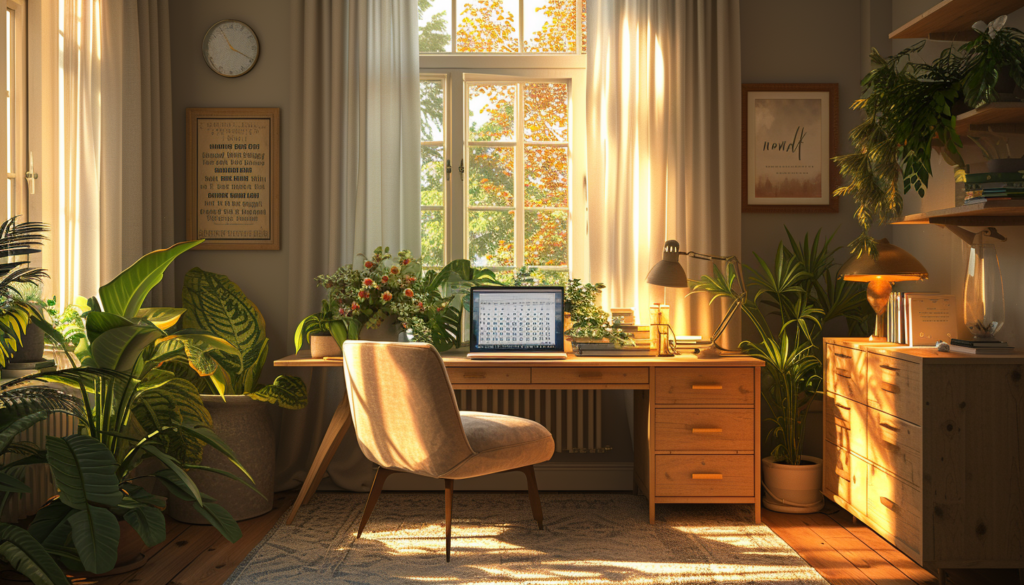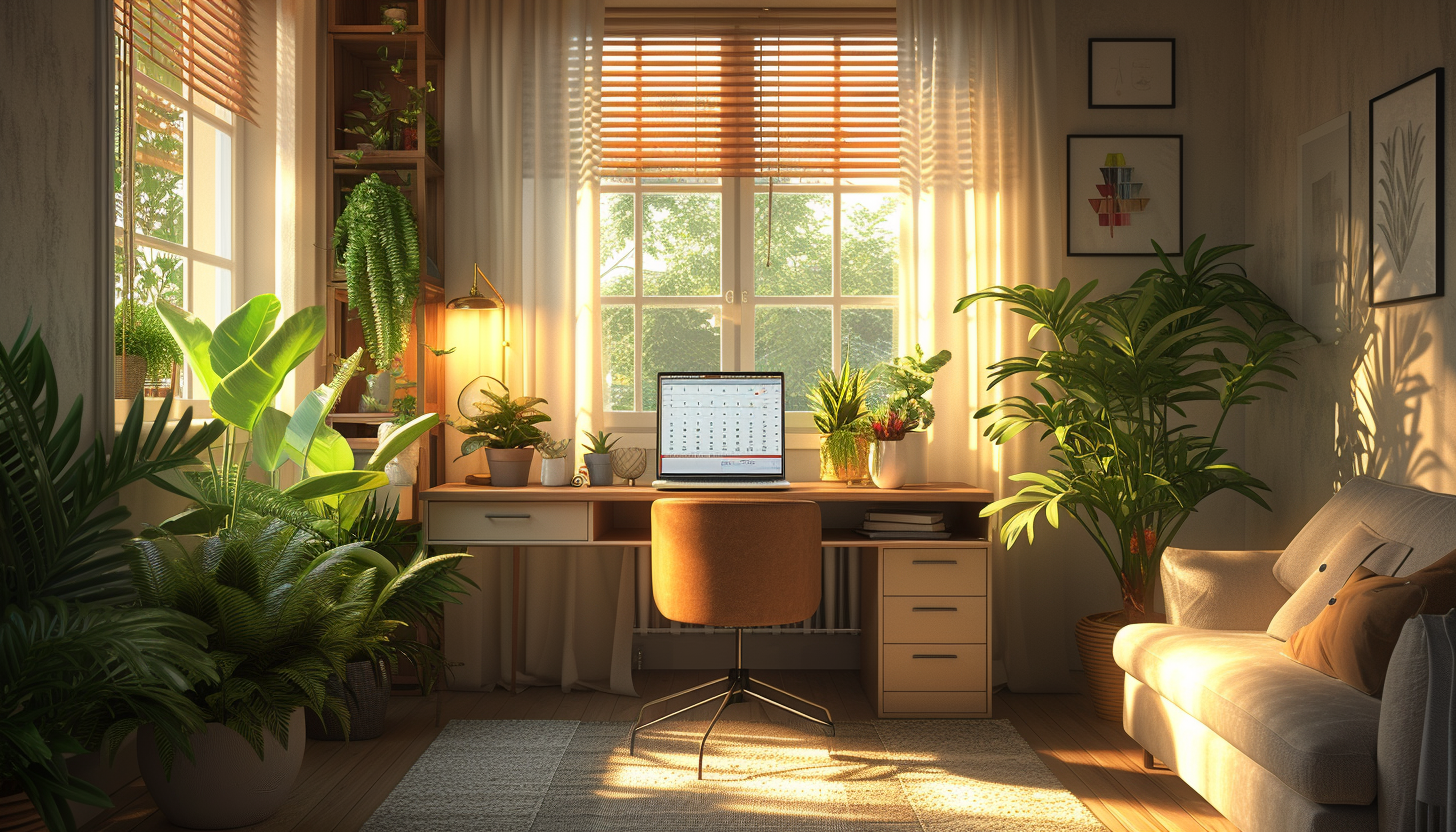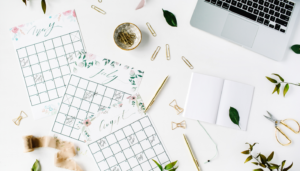In an era dominated by digital tools and apps designed to enhance productivity, the appeal of a classic daily planner remains timeless. The tactile act of writing down tasks, appointments, and notes can provide a sense of clarity and purpose unmatched by digital alternatives. A classic daily planner template offers a structured yet flexible approach to organizing your day, allowing you to focus on what matters most. Let’s delve into the essentials of creating a classic daily planner template that combines the charm of tradition with the efficiency of modern time management practices.
The Anatomy of a Classic Daily Planner Template
A classic daily planner template is characterized by its simplicity and functionality. Here are the key components that make up a classic template:
- Date and Day Section: At the top of the page, clearly mark the date and day of the week. This serves as a quick reference and helps in planning.
- Priorities Area: Designate a space to list your top three to five priorities for the day. Focusing on these tasks ensures that you make significant progress where it counts.
- Hourly Schedule: An hourly breakdown from morning to evening allows you to allocate time slots for specific activities or appointments, helping you visualize and manage your day effectively.
- To-Do List: Aside from scheduled tasks, a to-do list provides a place to record other tasks that need to be completed, offering flexibility in how you organize your workload.
- Notes Section: A dedicated area for notes lets you jot down important reminders, ideas, or reflections. This can be invaluable for capturing thoughts and insights throughout the day.
- Goals or Inspirational Quote: Including a space for daily goals or an inspirational quote can motivate you and set a positive tone for the day.
Crafting Your Classic Daily Planner Template
Creating your classic daily planner template involves a few simple steps:
- Choose Your Format: Decide whether you prefer a digital document (for printing or use on a device) or a handwritten template in a notebook.
- Layout Design: Sketch out your layout on paper or a digital tool. Consider using grid lines or boxes to separate different sections clearly.
- Customization: Personalize your template with your preferred fonts, bullet points, or decorative elements to make it visually appealing and enjoyable to use.
- Trial and Refinement: Use your template for a few days, then tweak it based on what works best for your daily routine.
Utilizing Your Classic Daily Planner Template Effectively
- Make It a Habit: Incorporate reviewing and filling out your planner into your daily routine, either in the morning or the evening before.
- Stay Flexible: While it’s important to plan, allow some flexibility in your schedule for unexpected tasks or opportunities that may arise.
- Reflect and Adjust: Regularly reflect on your productivity and the effectiveness of your planner. Adjust your template and planning habits as needed to ensure they continue to serve your goals.
FAQs on Classic Daily Planner Templates
Q: Where can I find inspiration for my classic daily planner template? A: Look for inspiration in stationery stores, online communities focused on journaling and productivity, or platforms like Pinterest and Instagram.
Q: Can I integrate digital tools with my classic planner? A: Absolutely. You can use digital tools for reminders or to back up your written plans. Finding a balance that works for you is key.
Q: How do I ensure I stick with using my planner daily? A: Set a specific time each day to review and update your planner. Making it a consistent part of your routine is crucial for long-term adherence.
Q: What makes a classic daily planner template effective? A: An effective classic daily planner template is one that is tailored to your personal needs, allowing for a clear overview of your day while providing flexibility to adapt as plans change.
Create a first Classic Daily Planner Template

Cover Page:
- Title: “Classic Daily Planner”
- Subtitle: “Your Guide to Organized Success”
- Space for the owner’s name and year
Introduction Page:
- Brief introduction to the planner
- Tips on how to make the most of the planner
- A motivational quote to inspire daily planning
Yearly Overview:
- A full-year calendar with holidays marked
- Goals section for the year: Personal, Professional, Health, etc.
Monthly Overview Pages:
- Each month starts with a title page featuring the month and a motivational quote or tip.
- A monthly calendar view with space for notes and key dates.
- Goals and priorities section for the month.
Weekly Overview Pages:
- A week-per-spread view, divided into days.
- Each day section includes space for appointments, key tasks, and notes.
- A weekly goals and priorities list to focus on important tasks.
- A small section for gratitude or achievements of the week.
Daily Pages:
- Date and day of the week at the top.
- A schedule section with hourly slots from 6 AM to 10 PM.
- A to-do list with checkboxes.
- Sections for daily goals, priorities, and a small space for notes.
- A hydration tracker to ensure water intake.
- An end-of-day reflection space for achievements and areas for improvement.
Back Pages:
- Notes pages for additional information, ideas, or doodles.
- Contact pages for important addresses and numbers.
- A pocket at the back cover for storing loose papers and notes.
Design and Quality Features:
- High-quality, ivory-colored paper to reduce glare and enhance the writing experience.
- A durable, elegant cover with a classic design.
- A ribbon bookmark to keep your place.
- Elastic closure to keep the planner securely closed.
- Lay-flat binding for ease of writing.
This classic daily planner template is designed to cater to various planning styles, focusing on functionality and elegance. Its timeless layout and comprehensive features make it an ideal companion for professionals, students, and anyone looking to organize their life with efficiency and style.









Leave a reply